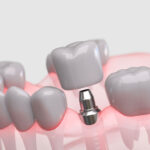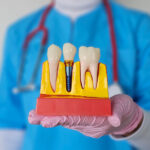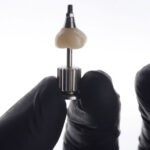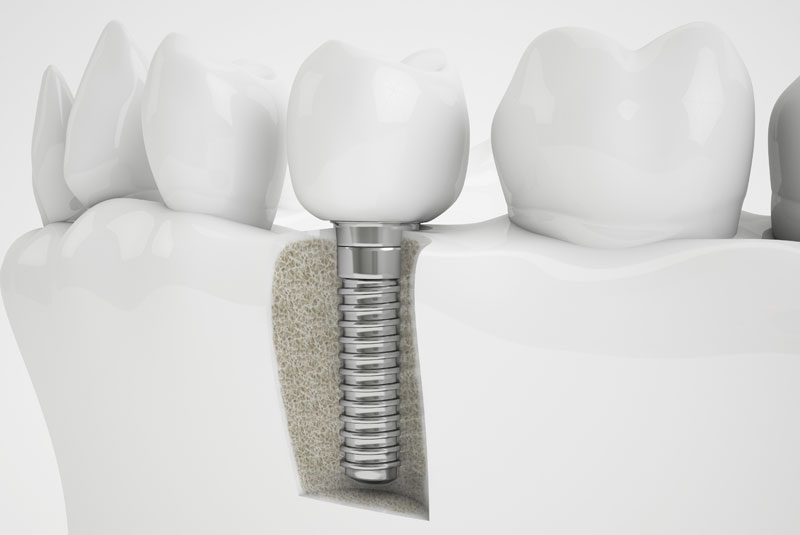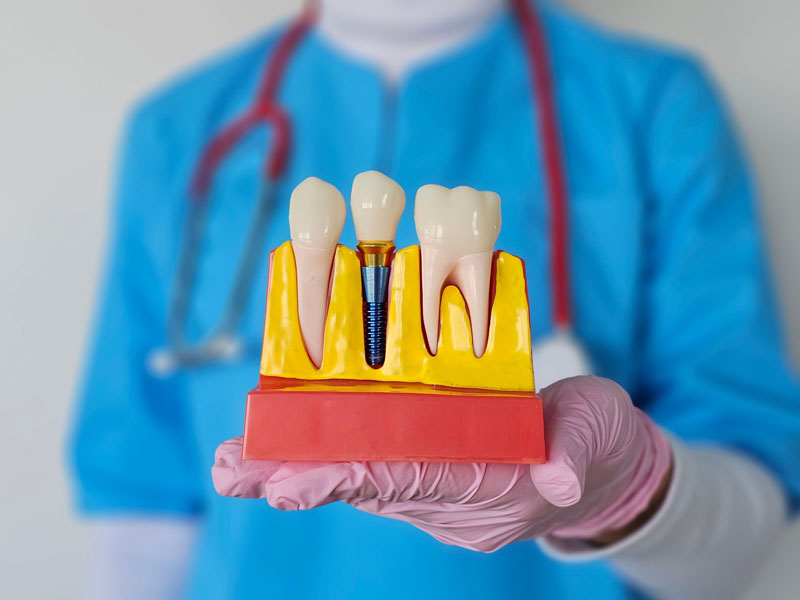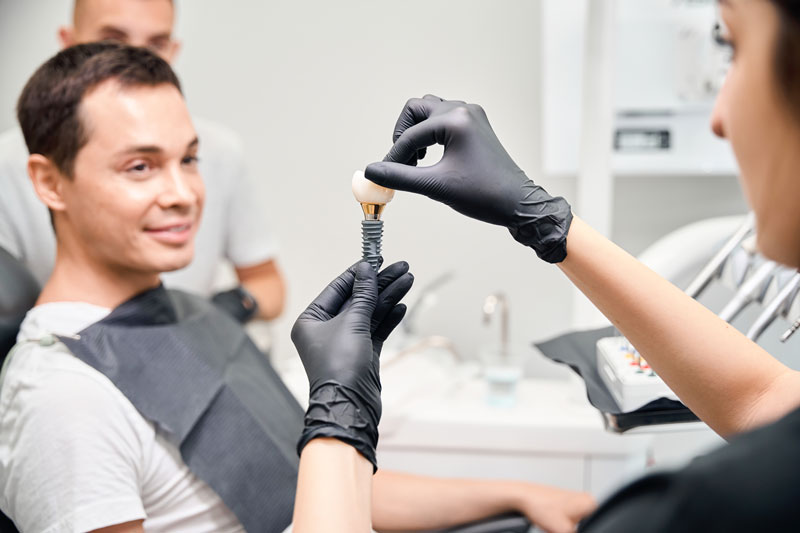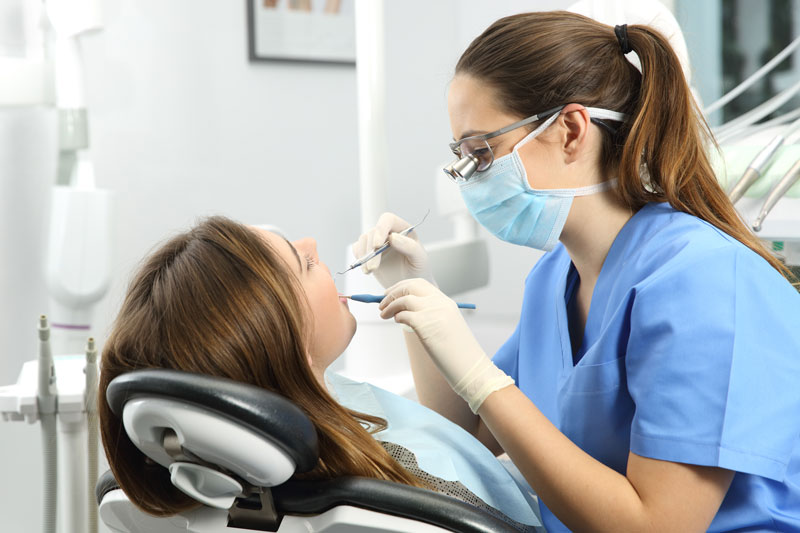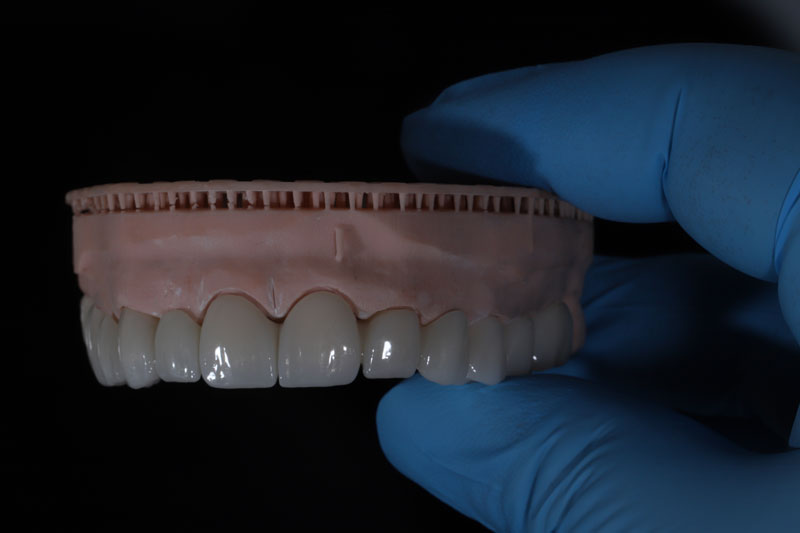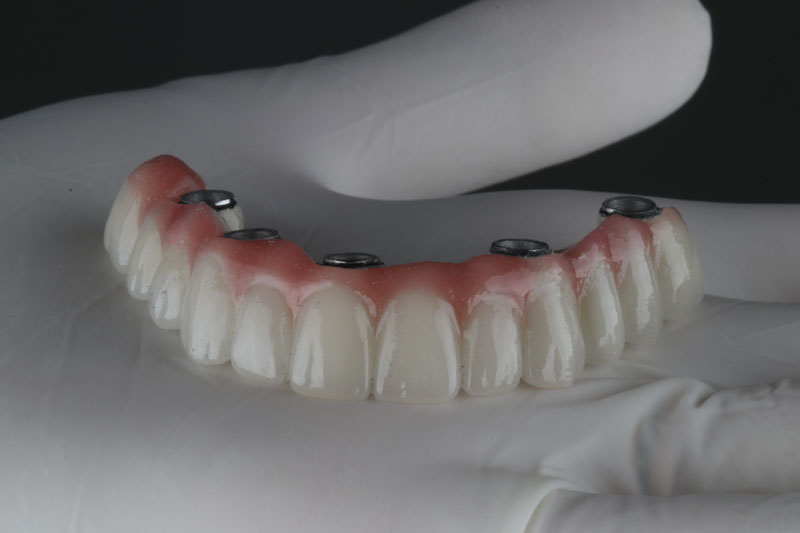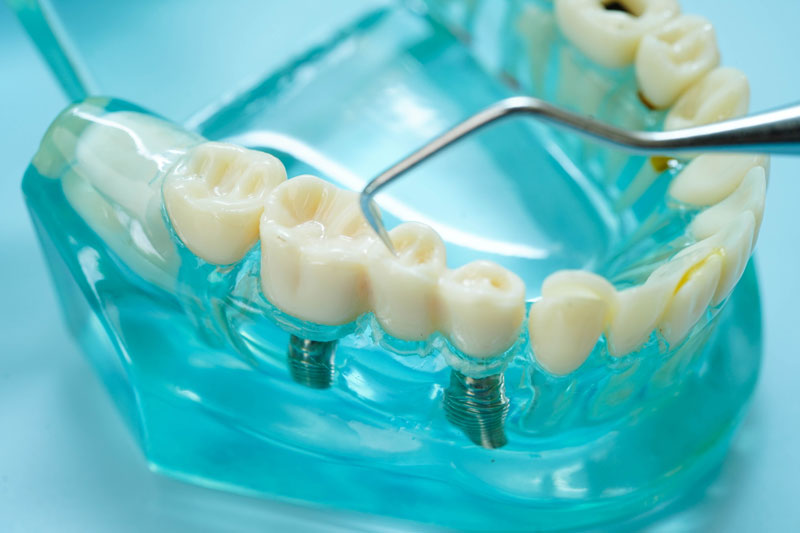During a person’s initial consultation with an experienced periodontist, they may be told that they will need to have a bone grafting procedure before they can become a candidate for dental implants in Columbia, MD.
This is a common precursor treatment to receiving dental implants because when people have lived with one or more missing teeth for a long period of time, they may lose jawbone density. There are many other reasons why a bone grafting procedure may be necessary before patients can become candidates for dental implants.
Why Is Bone Grafting Before Getting Dental Implants In Columbia, MD Sometimes Necessary?
The tooth root is what keeps the bone in a person’s jaw dense and healthy. It does this through stimulation. When people lose their teeth, they lose the natural stimulation that the tooth root gives. If the missing tooth root is not immediately replaced, the jawbone slowly starts to resorb and weaken.
Over time, they will likely start to notice the signs of jawbone reabsorption. For instance, their gum line may start to change and shrink, or even collapse. Their remaining teeth may start to feel loose, too. These are both indicators of progressive jawbone loss.
Because dental implants are placed directly into the jawbone, they need a stable foundation. If a patient’s jawbone is not strong enough to support dental implants, then a bone grafting procedure will be needed to restore its strength and density.
What Types Of Bone Grafting Technologies And Protocols Help Me Get Dental Implants?
All surgical bone grafting techniques and procedures follow the same general principles. During the bone grafting process, a skilled periodontist places bone graft material into areas of weakened bone. Once the bone graft material is in place, the site will be properly prepared for healing so patients can regain their bone density.
Some of the advanced technologies and protocols that may be used during bone grafting so dental implants in Columbia, MD can be successfully placed include:
The Use Of Bone Morphogenic Protein:
Bone morphogenic protein, or BMP, is a protein present in human bones. A quality periodontist may harvest BMP from a patient’s jawbone or hip. They may even opt for a synthesized type of BMP that comes in a liquid form. Once applied, BMP encourages new bone growth by harnessing the power of the body’s own proteins and cells.
The Use Of Plasma Rich Growth Factors And Plasma-Rich Fibrin:
Plasma rich growth factors (PRGF) and plasma-rich fibrin (PRF) are created from patients’ blood cells. When added to bone grafting sites, they can speed up healing and bone regeneration. PRF may be helpful to speed up the fusing of dental implants to bone during post-grafting placement of the dental implants.
The Use Of 3D Printed Regenerative Mesh:
When patients go to a skilled periodontist, they can get treated with the 3D Printed Regenerative Mesh. A 3D Printed Regenerative Mesh can create regenerative mesh materials that can help preserve tooth sockets after tooth extractions with minimal waste and maximum results.
Get The Advantages Of Bone Grafting And Dental Implants In Columbia, MD
Want to restore your smile permanently? We routinely perform bone grafting procedures so you can have your dental implants successfully placed. Don’t wait to improve your smile with us. Get in contact with Dr. Sanju Jose and our exceptional team at our Columbia Center for Implants & Periodontics office to schedule an appointment today.


